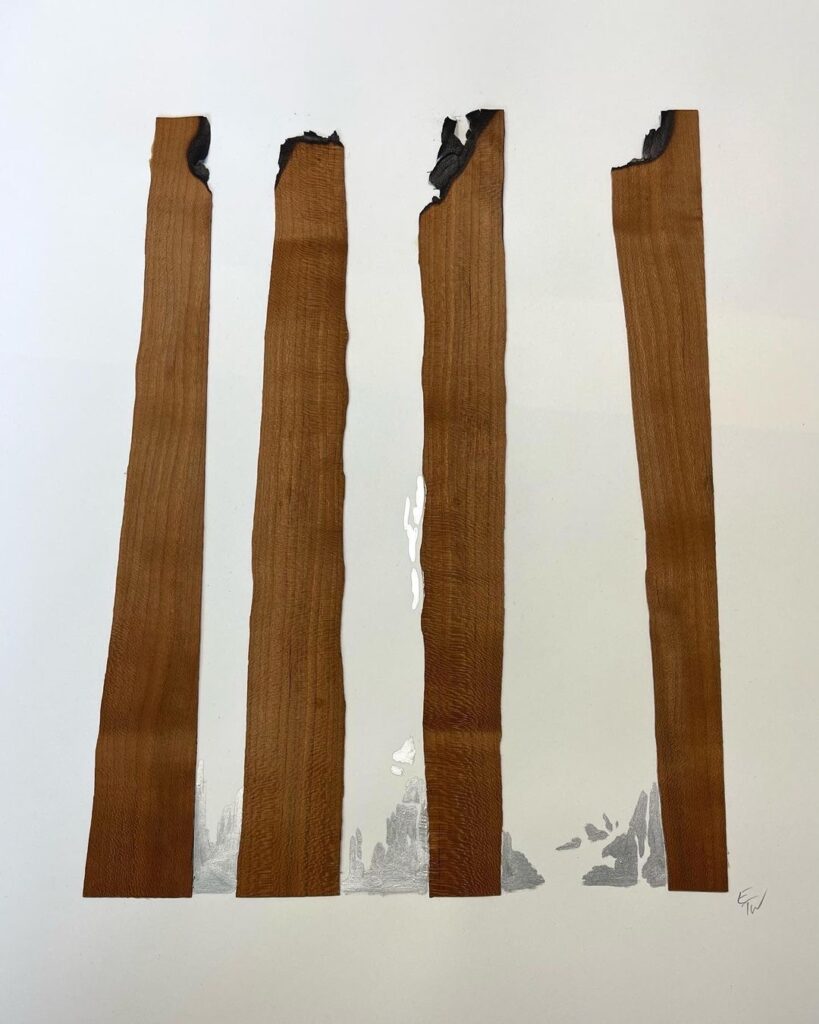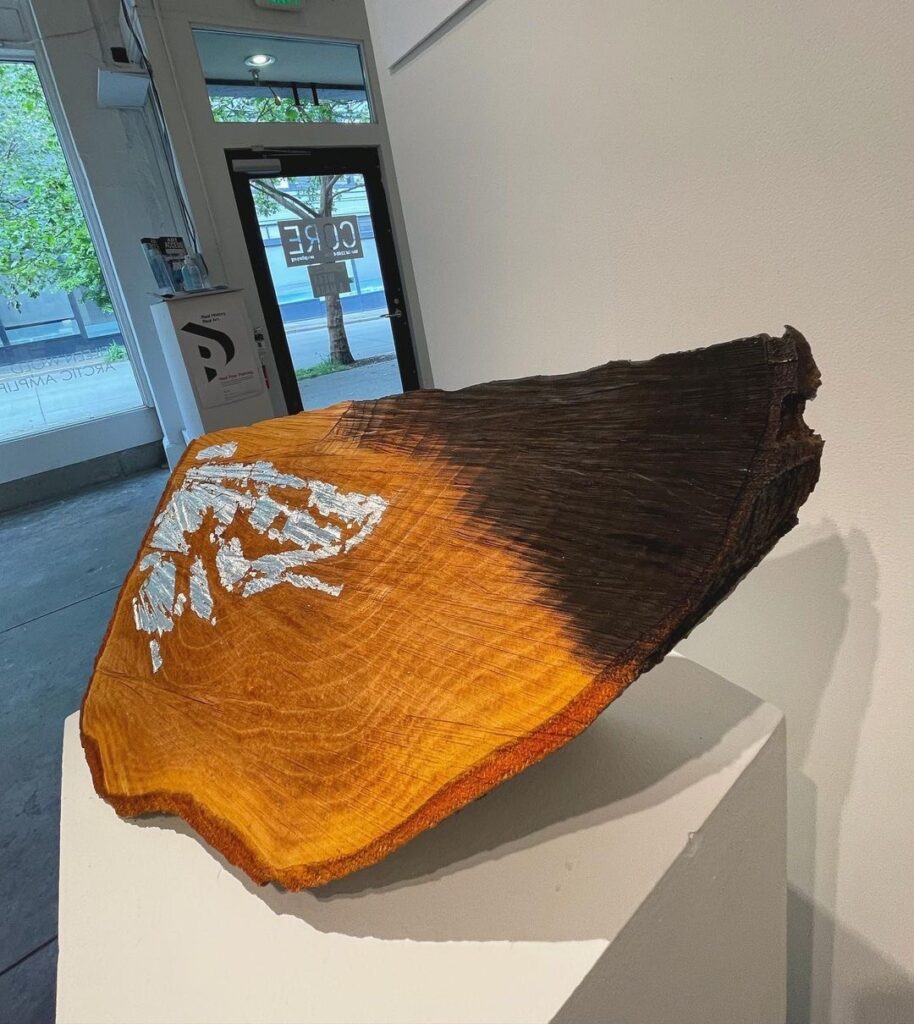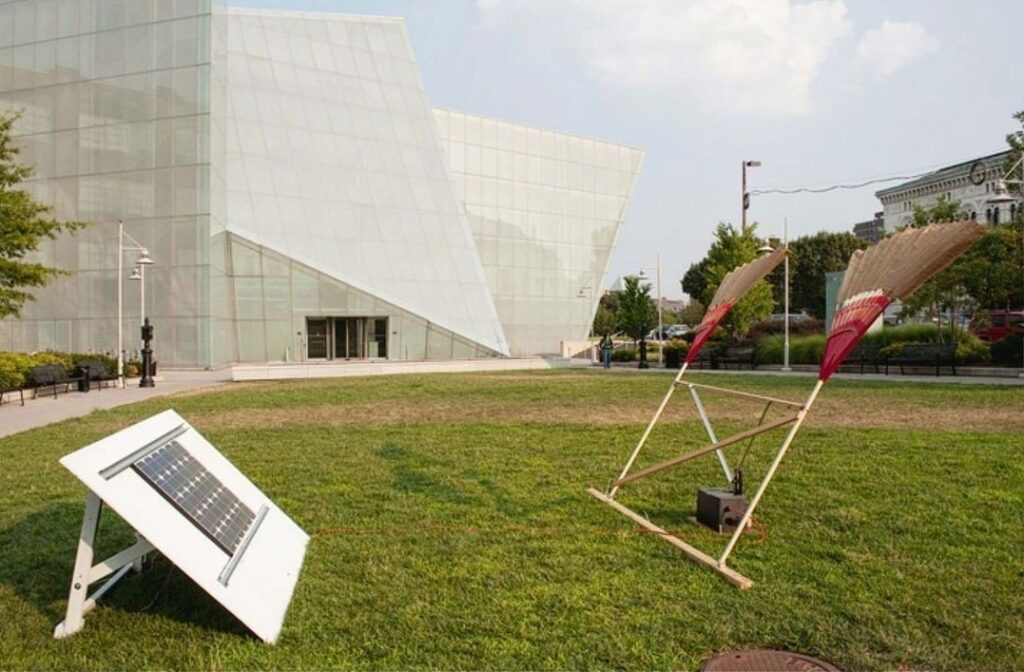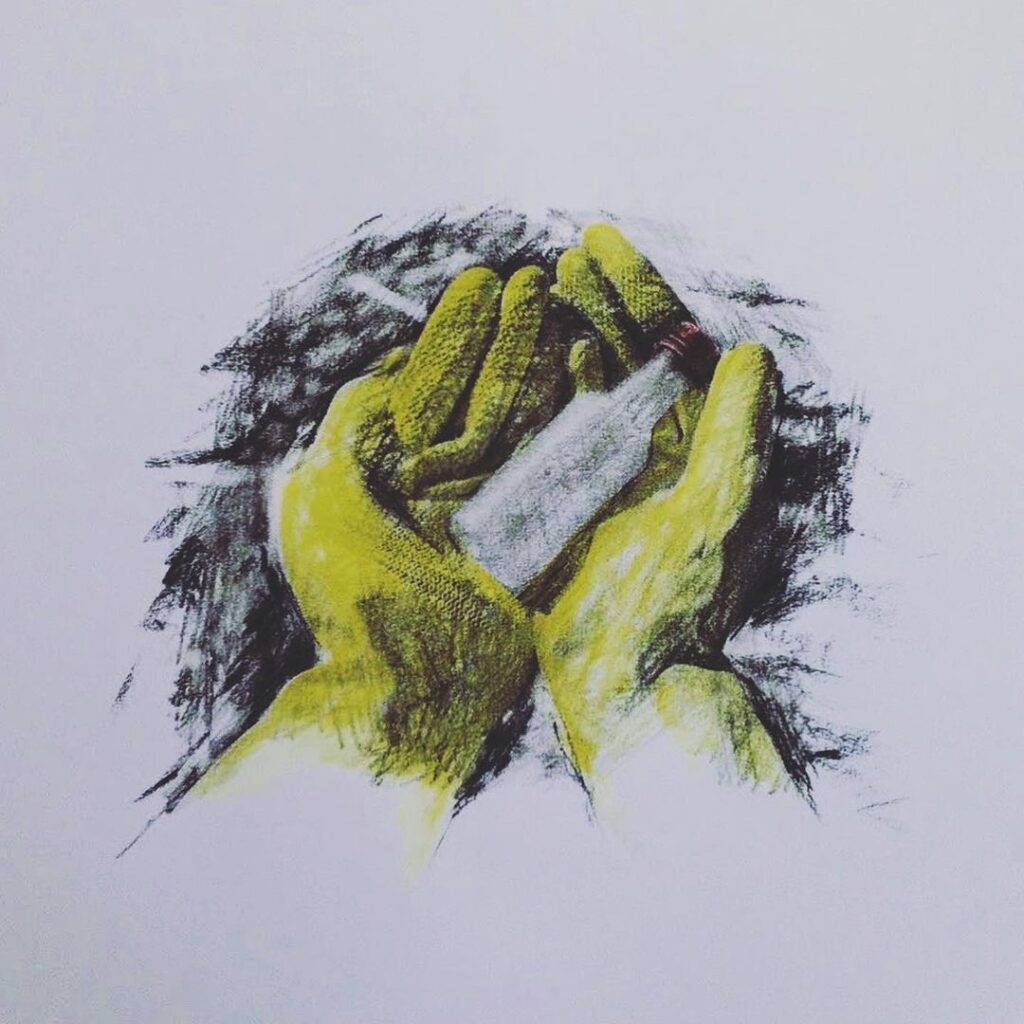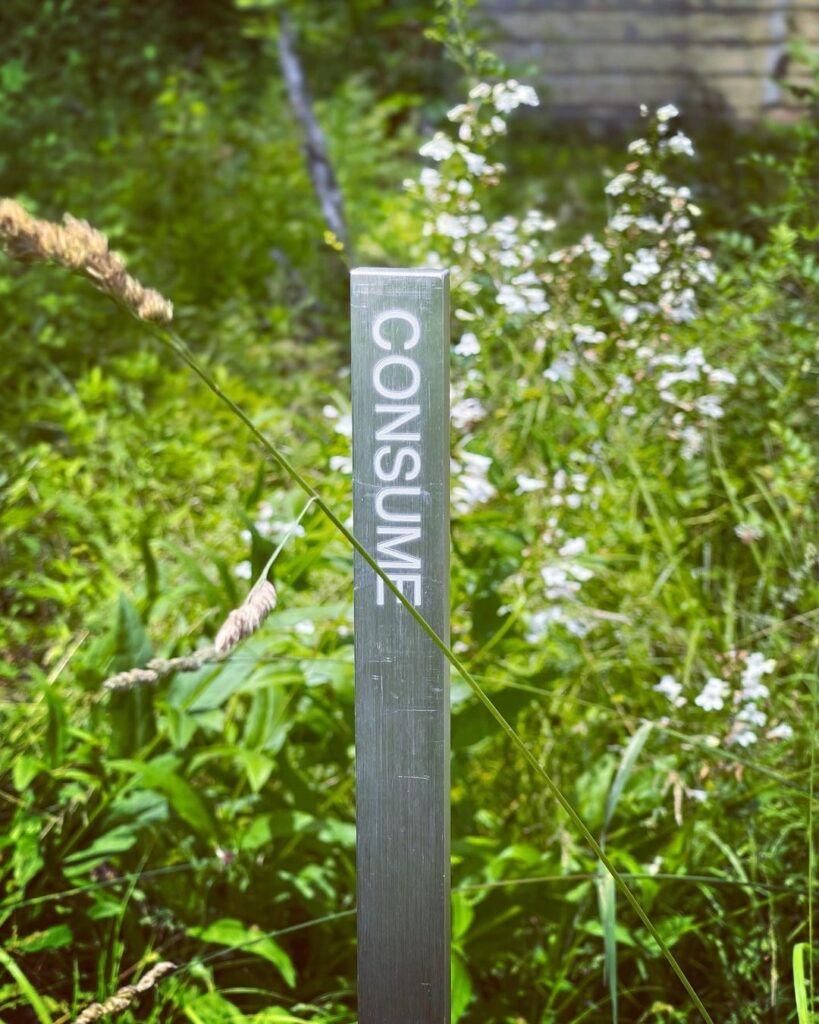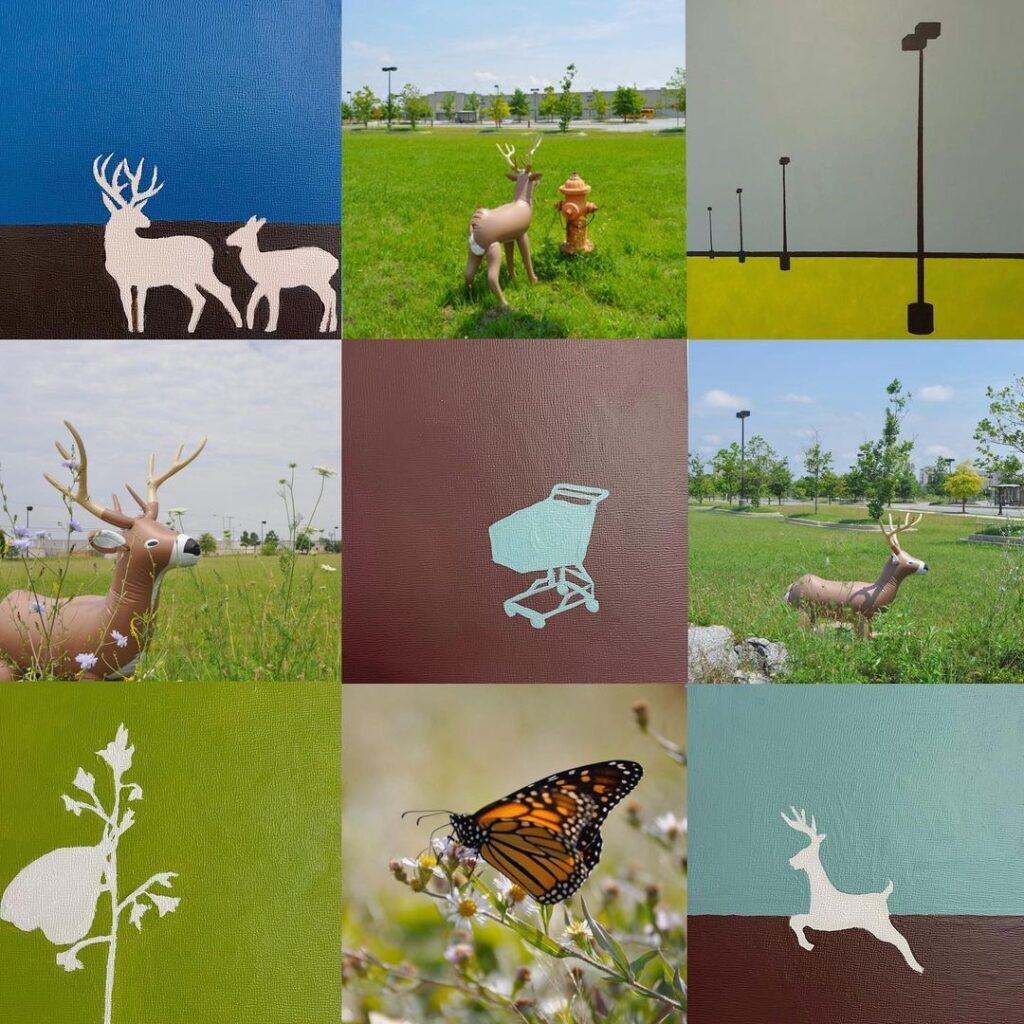Taken from the Post Carbon Institute Essays on Resilience, the following passage inspired me to submit these veneer studies on fire to the latest What’s Next For Earth Call: Building Community Resilience.
(In The Leopard, a novel about the 19th century unification of Italy, a character says, “If we want things to stay as they are, things will have to change.” In other words, to keep some of the things you care about, you sometimes have to give up other things. This is the essence of transformation, as opposed to mere adaptation.)
Veneer Fire Studies, 2022, are a series of works that explore wood as a carbon resource, climate stabilizer, and warning sign for accelerated global temperatures through increased wildfire threats. Human activity is still the number one threat to our forests and as we close out this year, I want to thank all of the community activists and artists keeping these conversations in the forefront.
Join The List
Want to hear from us occasionally? Subscribe to our newsletter
